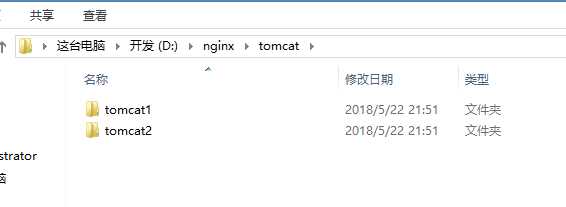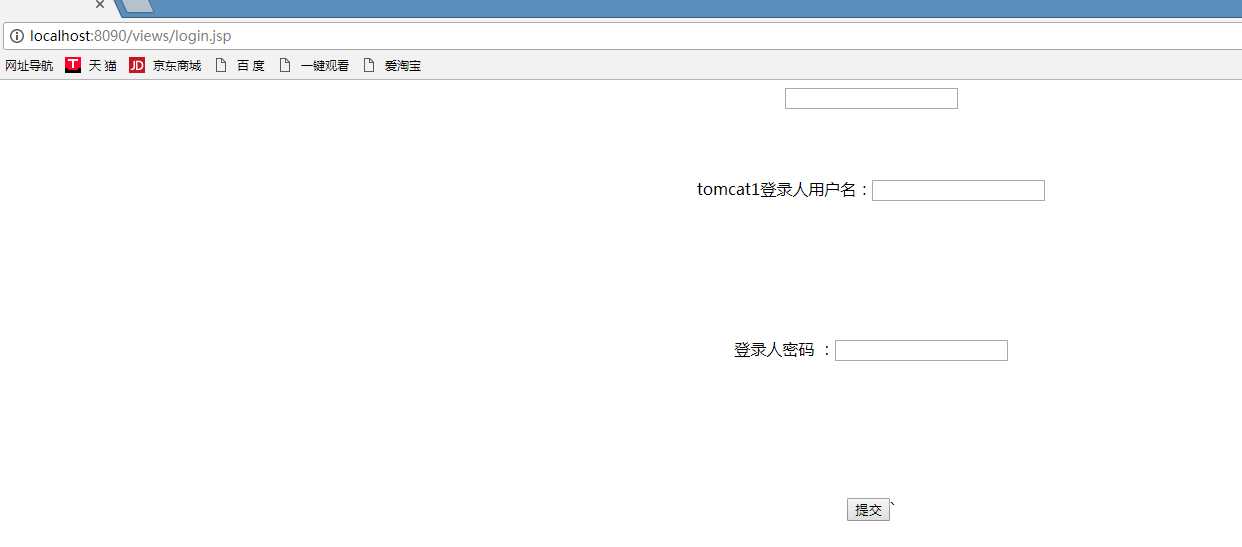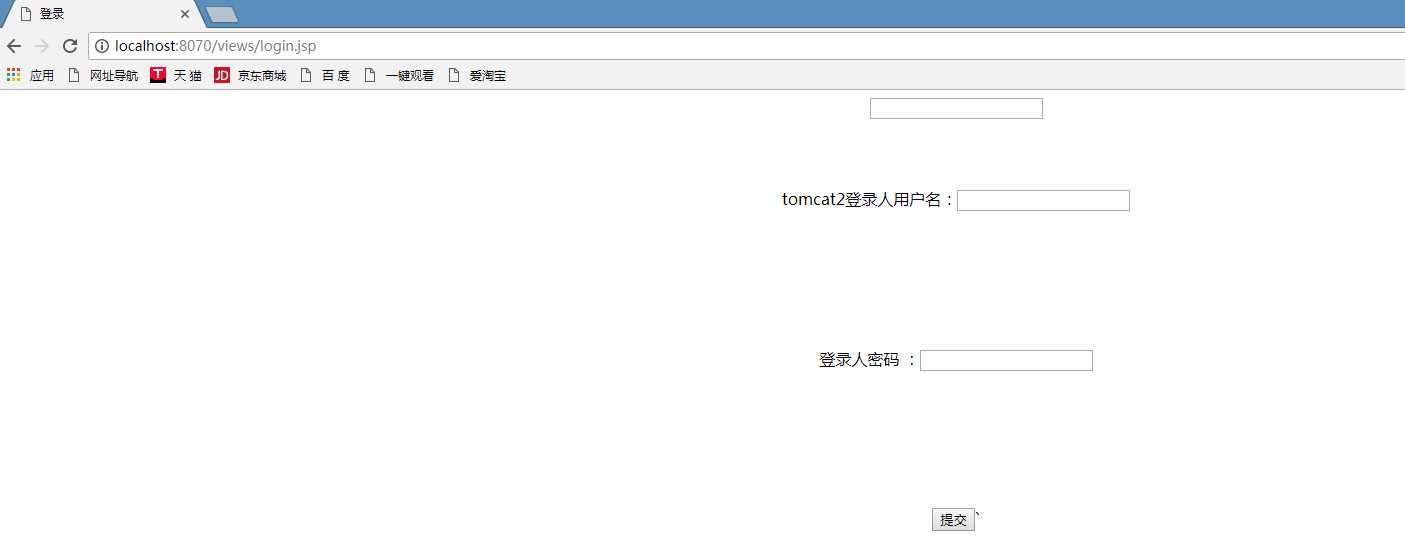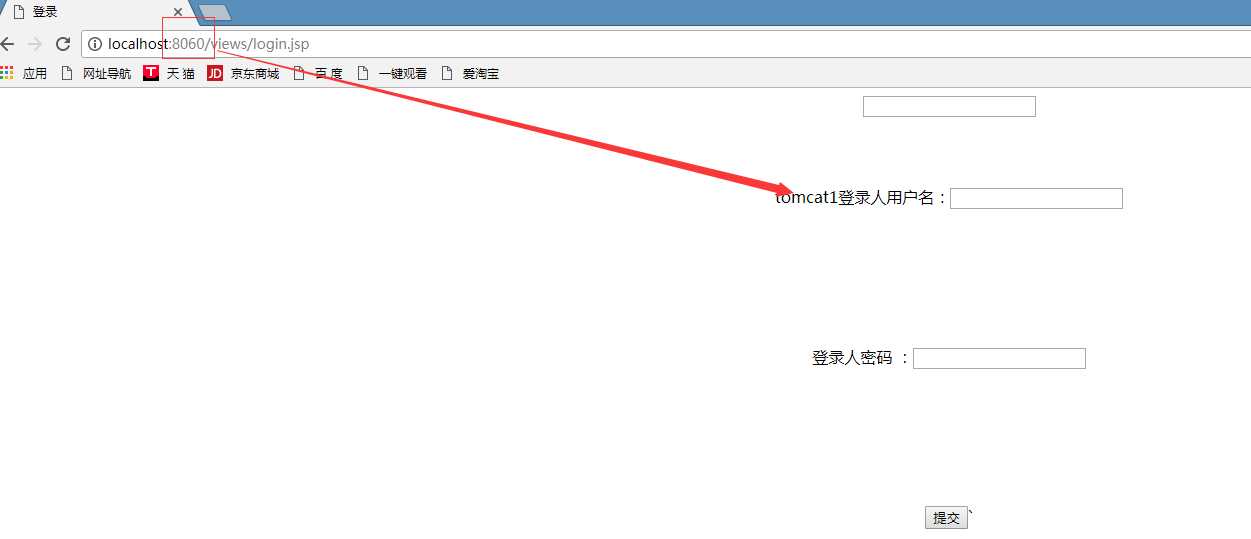标签:端口冲突 processes 区分 shu context ges user rtu virt
第一篇nginx for windows 安装:https://www.cnblogs.com/blogxiao/p/8761734.html
第二篇: tomcat 的部署:
1.nginx可以作为反向代理服务器,作为客户端发送请求的门户,这个门户将接受的请求分均衡发给多个应用服务器,达到高负载的效果,典型的就比如tomcat应用服务器。
2.解释一下反向代理:正向和反向是针对服务器来说的,服务器发送给客户端的是正向,客户端向服务器发起的是反向。
3.先下载一个tomcat,然后拷贝成两份

4.在eclipse新建一个简单的web项目,将生成的放到tomcat 的webapps 的目录下
5.开始配置tomcat ,tomcat 最主要的就是端口号 和 项目根路径,配置tomcat 的server 文件,文件的路径tomcat1->conf->server.xml
tomcat1端口号配置
<Server port="8006" shutdown="SHUTDOWN">
<Connector connectionTimeout="20000" port="8090" protocol="HTTP/1.1" redirectPort="8443"/>
<Connector port="8001" protocol="AJP/1.3" redirectPort="8443"/>
项目根路径配置
<Host appBase="D:\nginx\tomcat\tomcat1\webapps" autoDeploy="true" name="localhost" unpackWARs="true">
<Context docBase="D:\nginx\tomcat\tomcat1\webapps\springmvcmaven" path="/" reloadable="true" />
</Host>
appBase 项目的根目录 docBase 是项目路径 ,这里的项目名称是springmvcmaven
springmvcmaven 文件

测试访问http://localhost:8090/index.jsp

这里的tomcat1 是为了区分nginx 反向代理了哪个应用服务器
tomcat2 端口配置
<Server port="8007" shutdown="SHUTDOWN">
<Connector connectionTimeout="20000" port="8070" protocol="HTTP/1.1" redirectPort="8553"/>
<Connector port="8002" protocol="AJP/1.3" redirectPort="8553"/>
项目访问路径的配置
<Host appBase="D:\nginx\tomcat\tomcat2\webapps" autoDeploy="true" name="localhost" unpackWARs="true">
<Context docBase="D:\nginx\tomcat\tomcat2\webapps\springmvcmaven" path="/" reloadable="true" />
</Host>
访问地址:http://localhost:8070/index.jsp

6.nginx 的配置,找到nginx->conf->nginx.conf 文件进行修改
#user nobody;
#设置工作进程
worker_processes 1;
#error_log logs/error.log;
#error_log logs/error.log notice;
#error_log logs/error.log info;
#pid logs/nginx.pid;
events {
#设置工作进程的最大连接数
worker_connections 1024;
}
http {
include mime.types;
default_type application/octet-stream;
#log_format main ‘$remote_addr - $remote_user [$time_local] "$request" ‘
# ‘$status $body_bytes_sent "$http_referer" ‘
# ‘"$http_user_agent" "$http_x_forwarded_for"‘;
#access_log logs/access.log main;
sendfile on;
#tcp_nopush on;
#keepalive_timeout 0;
keepalive_timeout 65;
#gzip on;
#服务器的集群
upstream localhost { #服务器集群名字
#集群进行负载均衡有多重策略,这里使用权重的方式进行测试
server 127.0.0.1:8070 weight=1;#服务器配置 weight是权重的意思,权重越大,分配的概率越大。
server 127.0.0.1:8090 weight=2;
}
server {
#nginx 监听的端口,这里的端口设置要注意不要有端口冲突,不然nginx启动会失败
listen 8060;
#访问的是服务名称 可以是域名,localhost,ip
server_name localhost;
#charset koi8-r;
#access_log logs/host.access.log main;
#设置nginx作为反向代理服务器
location / {
proxy_pass http://localhost;
proxy_redirect default;
}
#error_page 404 /404.html;
# redirect server error pages to the static page /50x.html
#
error_page 500 502 503 504 /50x.html;
location = /50x.html {
root html;
}
# proxy the PHP scripts to Apache listening on 127.0.0.1:80
#
#location ~ \.php$ {
# proxy_pass http://127.0.0.1;
#}
# pass the PHP scripts to FastCGI server listening on 127.0.0.1:9000
#
#location ~ \.php$ {
# root html;
# fastcgi_pass 127.0.0.1:9000;
# fastcgi_index index.php;
# fastcgi_param SCRIPT_FILENAME /scripts$fastcgi_script_name;
# include fastcgi_params;
#}
# deny access to .htaccess files, if Apache‘s document root
# concurs with nginx‘s one
#
#location ~ /\.ht {
# deny all;
#}
}
# another virtual host using mix of IP-, name-, and port-based configuration
#
#server {
# listen 8000;
# listen somename:8080;
# server_name somename alias another.alias;
# location / {
# root html;
# index index.html index.htm;
# }
#}
# HTTPS server
#
#server {
# listen 443 ssl;
# server_name localhost;
# ssl_certificate cert.pem;
# ssl_certificate_key cert.key;
# ssl_session_cache shared:SSL:1m;
# ssl_session_timeout 5m;
# ssl_ciphers HIGH:!aNULL:!MD5;
# ssl_prefer_server_ciphers on;
# location / {
# root html;
# index index.html index.htm;
# }
#}
}
在dos命令中,找到nginx 的路径,启动nginx

7.测试访问:输入地址:http://localhost:8060
第一次返回的是

第二次返回的是:

多访问几次就可以看到效果。
总结:此篇文章的nginx+tomcat 负载均衡只是很简单的配置,仅供入门。
标签:端口冲突 processes 区分 shu context ges user rtu virt
原文地址:https://www.cnblogs.com/blogxiao/p/9074329.html